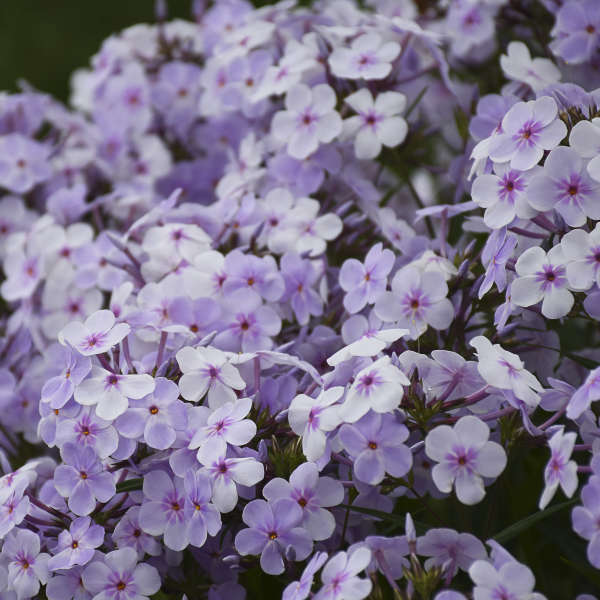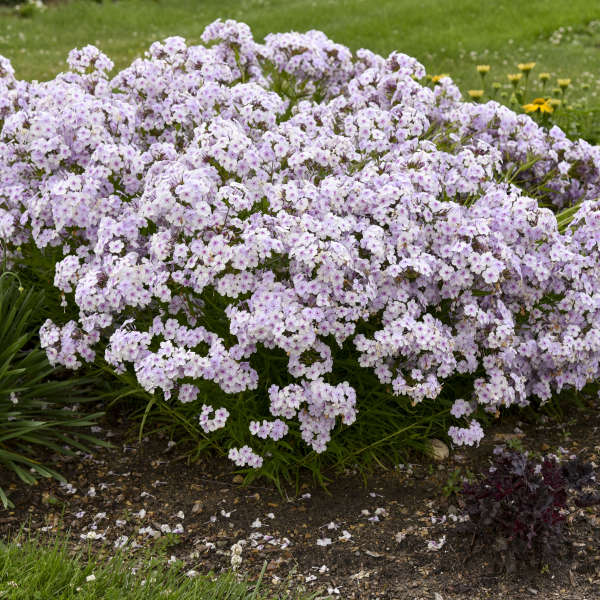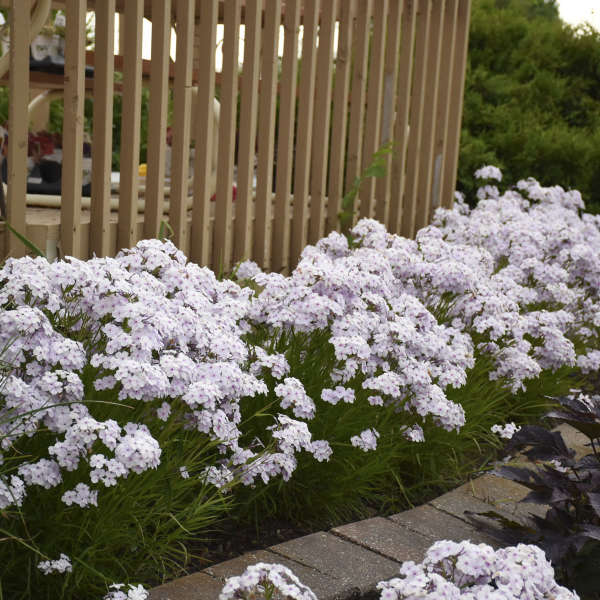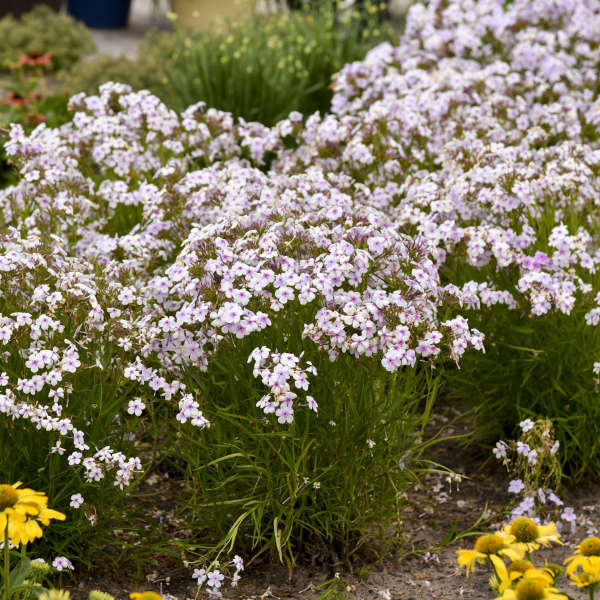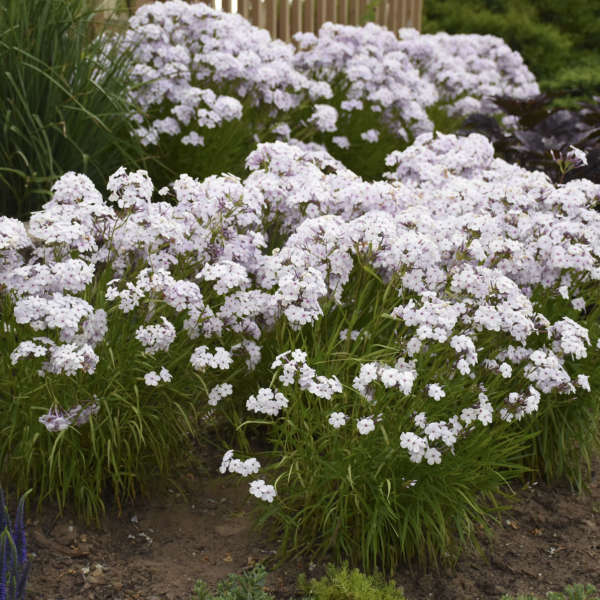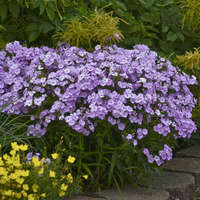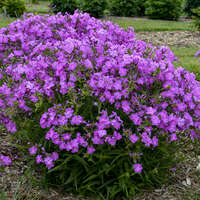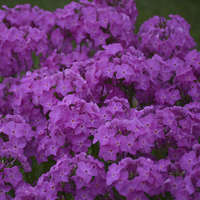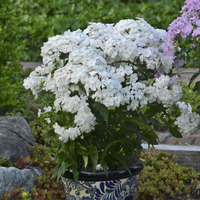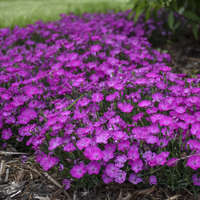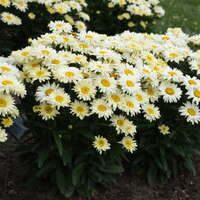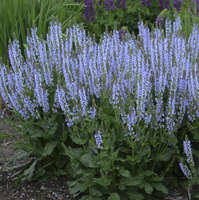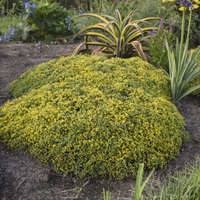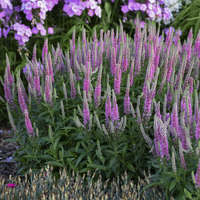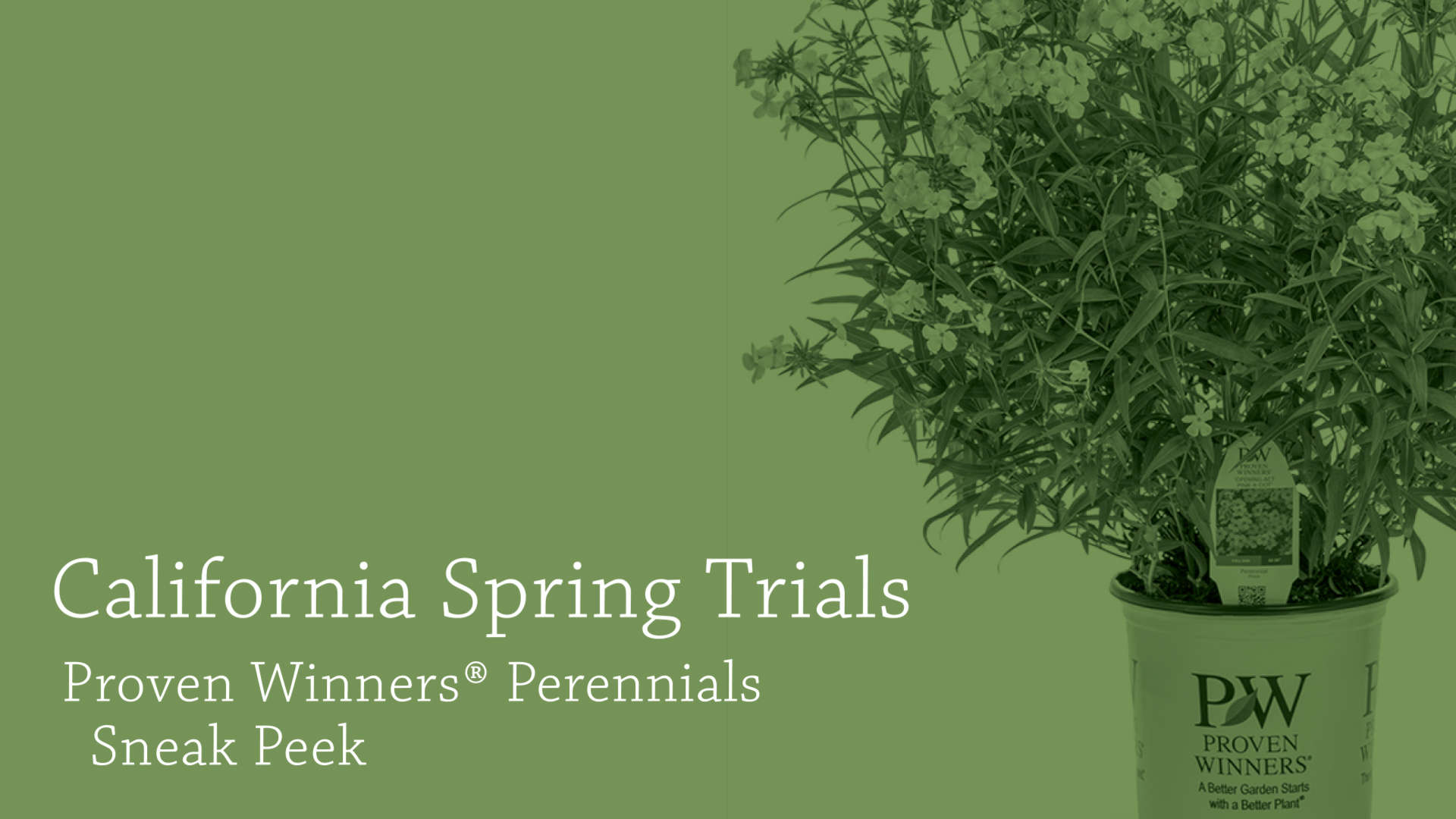Phlox 'Opening Act Pink-a-Dot' CPBR6835 PP31732
Opening Act Series



Common Name: Hybrid Phlox
Tall Garden Phlox are a mainstay in the midsummer sun garden, and this hybrid type will extend the color of Phlox by blooming even earlier; starting in early summer. The dark green, glossy foliage is mildew and disease resistant, an improvement on older varieties of Phlox that don’t hold up as well in the heat and humidity of summer. Plant these in an area with good air circulation and plenty of sunshine for the best performance. With a stoloniferous growth habit, this Phlox will spread slowly over the years.
Joining the popular Opening Act series is a new color pattern that is sure to please you early in the season. 'Opening Act Pink-a-Dot' has near white flowers with a dark pink, central star pattern appear from early summer well into midsummer. The overall look of the flowers is light pink. If you sheer the spent flowers back, you can expect some rebloom into early fall.
These perennials are a favorite of gardeners around the world and a staple of North American native gardens. Be sure to locate these plants in full sun for the best flowering performance and to help avoid powdery mildew concerns. A favorite of pollinators.
128ct Plug Tray |
72ct Plug Tray |
Grade #1 Bare Root |
